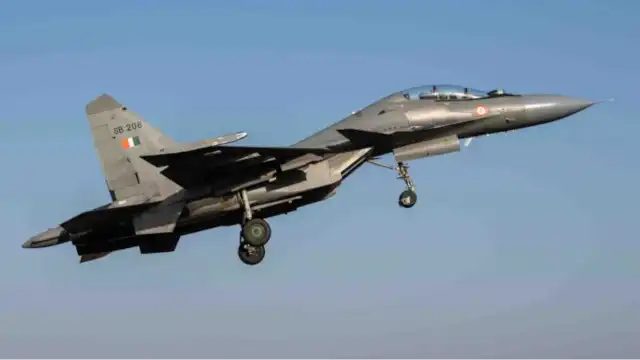The Indian Air Force plans to upgrade around 75% of its Sukhoi Su-30MKI fleet—over 200 jets—to the advanced “Super Sukhoi” standard. This modernization aims to extend the aircraft’s operational life into the 2050s and boost combat capabilities significantly.

Indigenous Technology Integration
The upgrade will incorporate next-generation systems developed in India, including DRDO’s ‘Uttam’ AESA radar for superior target detection and tracking, a state-of-the-art electronic warfare suite, AI-powered mission computers, and modern cockpit displays.
Advanced Weapons Capabilities
The jets will carry new armaments such as the BrahMos-NG supersonic missile, Astra BVRAAM, and Rudram anti-radiation missiles, enhancing air superiority, deep strike, and maritime strike roles.
Strategic Importance
The program responds to evolving regional threats, including China’s J-20 and Pakistan’s JF-17 Block III. The Air Chief emphasized that this upgrade is more than a modernization—it’s a strategic leap to maintain dominance in the Indo-Pacific.
Phased Implementation
HAL will execute the upgrade in phases, starting in 2030 with 84 aircraft, maintaining operational readiness alongside new inductions like Tejas Mk1A and Rafale jets. Nashik division will lead production, targeting 12-15 upgraded aircraft annually by 2035.
Self-Reliance in Defence
A key goal is 70-80% indigenisation through collaboration between HAL, DRDO, and private industry, reinforcing India’s domestic defence ecosystem.Investment in Air Power
Modernising 200 aircraft is projected to cost ₹60,000–70,000 crore, representing a major commitment to long-term air power and self-reliance in defence.
